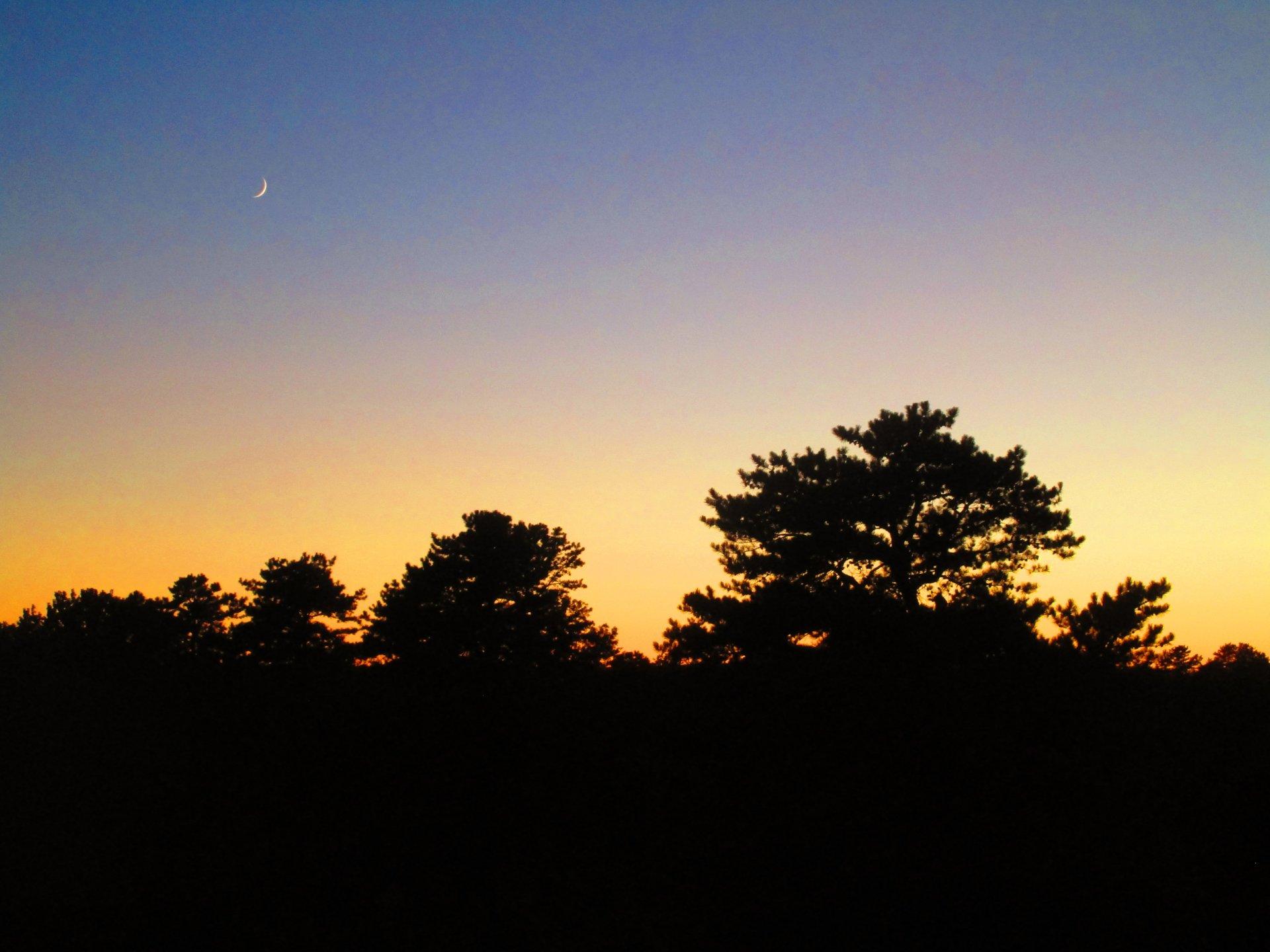by Steve Downs
ALBANY: On September 15, 2009, Save the Pine Bush will argue before the Court of Appeals that it was entitled to standing in the case of the proposed Mariott Hotel case. In 1991 the Court of Appeals decided in the Society of Plastics v. Suffolk County, that the test for standing to bring an action in a the State Environmental Quality Review Act (SEQRA) proceeding was whether the plaintiff would suffer a direct injury greater than the public at large (the so-called “special injury” rule). It is impossible to show special injury in most cases involving harm to wild species, public resources or general community damage like air pollution, because by definition no plaintiff can show an injury greater than the public at large when the injury is to the public itself and to public resources. For 18 years the Court of Appeals has not revisited the standing rule in the Plastics case notwithstanding an outcry of indignation from the environmental community that so many important environmental cases were being dismissed on standing grounds.
After SPB won the Hotel case in the Appellate Division 3-2 (on the ground that the City had not considered the environmental injury from the construction of a hotel to various rare species in the Pine Bush including the worm snake and the hognose snake), the City appealed to the Court of Appeals on the issue of standing claiming that SPB had not shown an injury greater than the Public at large. (The Appellate Division found that because of the extraordinary dedication of the members of SPB over 30 years they would experience the loss of the rare species in a manner greater than the public at large and so could show special injury).
At about this time a bill was introduced into the legislature to amend SEQRA to eliminate the requirement of special injury. For a time it looked like the bill would breeze through the legislature, and thus would eliminate any drama from the Court of Appeals argument on September 15, 2009. However, as we all know, at the last minute the Senate went haywire, the bill was returned to committee, and suddenly all eyes turned to the Court of Appeals again.
The City was able to appeal to the Court of Appeals as of right (and did not require permission) because of the rare circumstance that there were two dissenting judges in the Appellate Division thus requiring the Court of Appeals to hear the case. It is the first time in 18 years that the Court of Appeals has been forced to reconsider standing in SEQRA proceedings, and so it has become an important case. The New York State Attorney General, and 6 major environmental organizations have filed amicus briefs supporting the position of Save The Pine Bush. The argument in the Court of Appeals on September 15, 2009 should be lively and interesting as the Court is challenged to defend the policy (if any) behind its special injury rule.
Published in the August/September 2009 Newsletter
